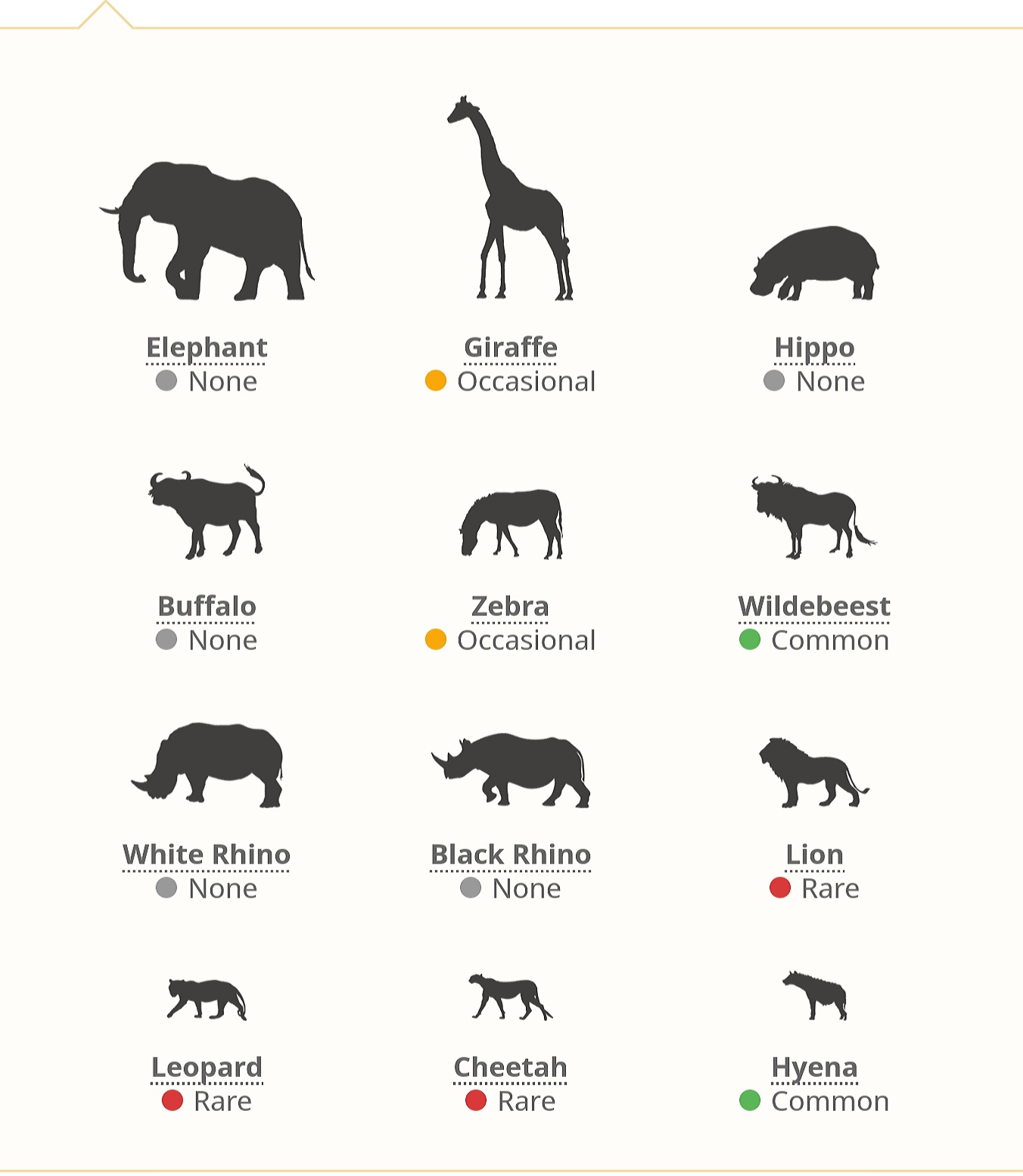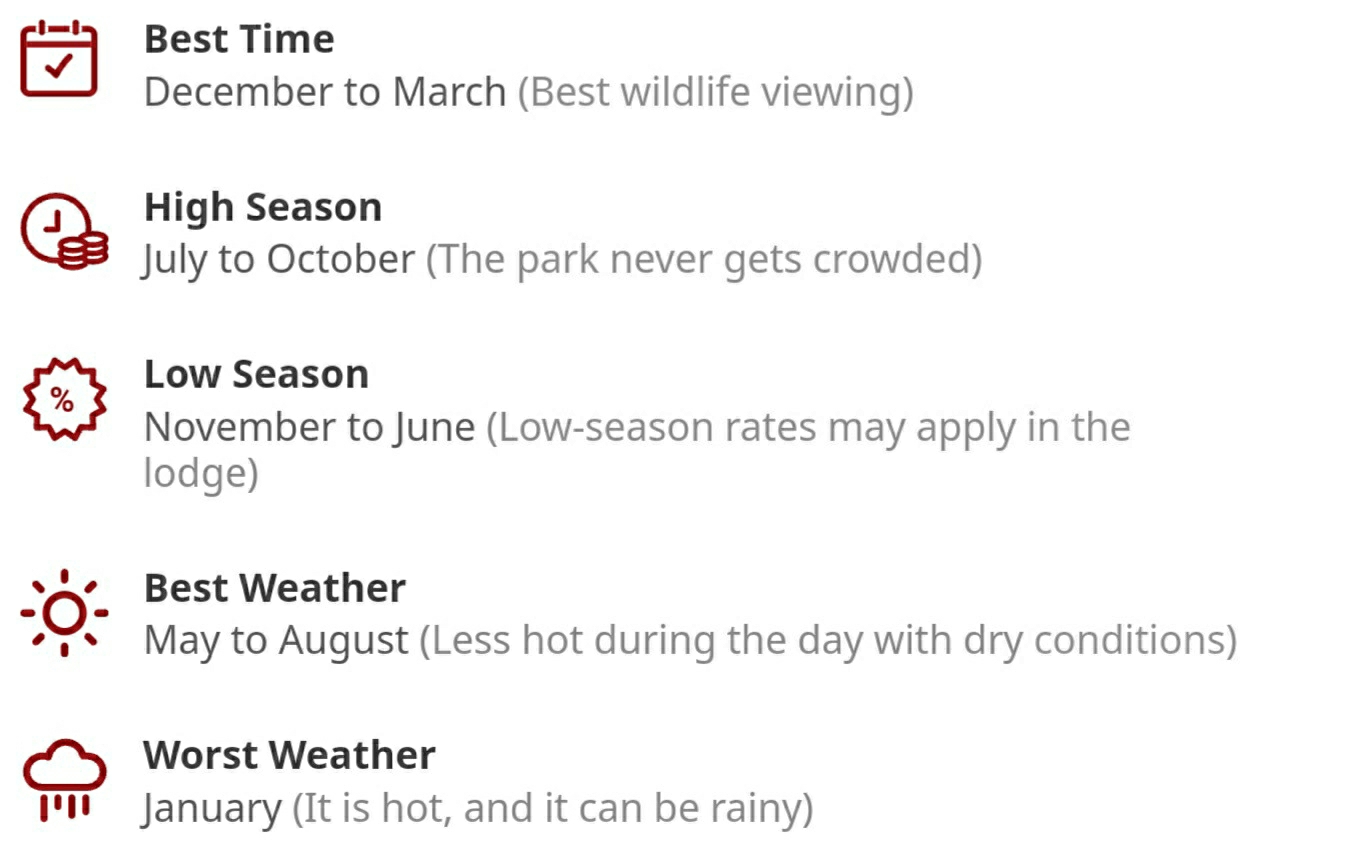8 Days/ 7 Nights Bush Buddy – Khutse Explorer 2023
Khutse Game Reserve is a protected area in the Kalahari of Botswana, full of wilderness yet only a few hours drive from Gaborone.
Duration
8 Days
Tour Type
Safari
Group Size
12 persons
Location
Botswana
Overview
8 Days / 7 Nights Self-Drive and camping
Tour Code: BB - KHUTSE EXP 2023
To Explore: Gaborone, Lethakeng, Morese Pan, Molose, Khwankwe Pan, Khutse Pan, Gaborone

Temperatures drop by about 6.5°C for every 1,000m you climb (or 3.5°F per 1,000ft). The difference is more noticeable on cloudy days or after sunset.

Departure Days: Any date of your choice & Advanced bookings recommended
Departure Location: Gaborone / Maun Botswana
Tour ends: Gaborone / Maun-Botswana
Gate Opening Hours
Gate hours of Khutse Game Reserve are 06:30-18:30 Apr-Sep, 05:30-19:00 Oct-Mar. Make sure you’re back in your campsite outside these hours.
There are no facilities within the park so stock up beforehand. Letlhakeng, 100 km to the south, is the last town with fuel and there is also a big Choppies supermarket. There might be salty borehole water available at Khutse South Gate but don’t rely on this as occasionally it is broken, so bring all your own water.
Khutse Game Reserve is not a prime wildlife destination, but all animals present in the Central Kalahari Game Reserve can be found here. Oryx and springbok are quite common. Other antelope that might be encountered are greater kudu, hartebeest and steenbok. Wildebeest and giraffe are present as well. Of the big cats, lion is most common
Wildlife Highlights
The rare and very shy brown hyena can sometimes be seen at dawn or dusk. Of the smaller predators, suricate and yellow mongoose are quite common, and bat-eared fox are easily spotted when they are denning. There have been occasional cheetah sightings in the reserve as well.

Best Time for Wildlife Viewing
The best time for wildlife viewing in Khutse is in the wet months, from December to March, when animals gather around the pans. Some of the roads can become difficult to navigate during this time. The park authorities sometimes pump water from boreholes into two of the pans to attract wildlife in the Dry season as well.
Scenery
The park is a good example of Kalahari habitats, incorporating grassy plains, pans, dry riverbeds and fossil dunes. The stark scenery is particularly appealing at the end of the day when the sun is low in the sky and the shadows are long.
Weather & Climate
Each year at Khutse is equally divided into a Dry season (April to October) and a Wet season (November to March). Water evaporation in the park accelerates in June, with precipitation at its lowest the following month, and by October the park is crying out for rain. The Wet season begins with the odd shower, but by January, thunderstorms are replenishing the park’s water stocks.

Included/Excluded
Travel Styles
Facilities
FAQs
Where is the Khutse Game Reserve located?
What animals will visitors see?
Tour Location
Reviews
Extra prices:
- {{total_price_html}}
- {{pay_now_price_html}}





